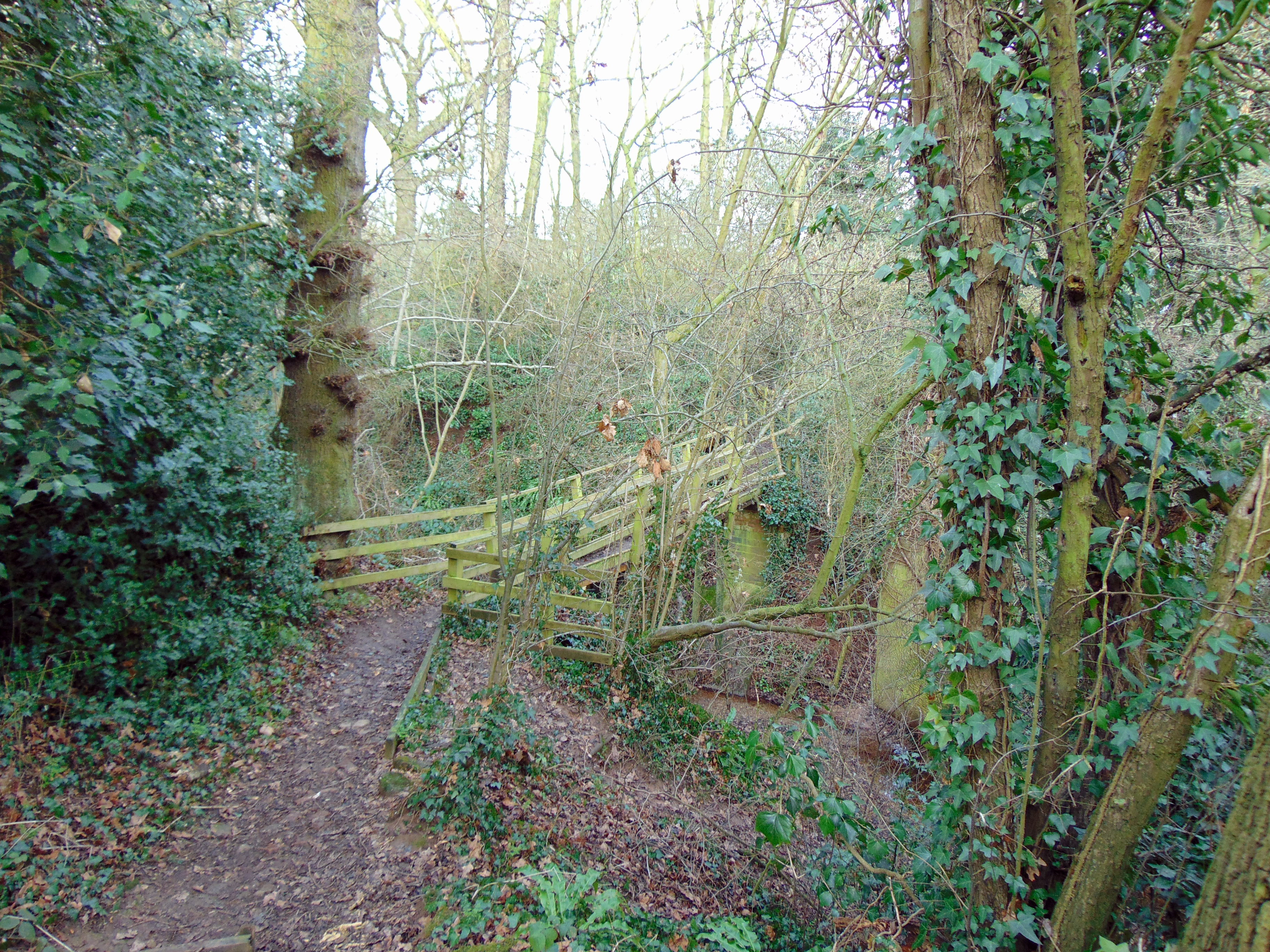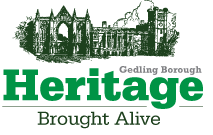Early History
The area we call Gedling Borough is known to have been occupied for several thousand years. Bronze Age defensive works have been identified in Arnold and tools from this era were discovered at Bestwood. Earthworks at Fox Wood in Woodborough and Lodge Farm in Burton Joyce are thought to be the remains of small Iron Age forts. Iron Age pottery was found near Dorket Head, together with the remains of a Roman military camp. A second Roman camp was located near Calverton. Two hoardes of Roman coins were also found in Calverton and others discovered in Newstead in 1990.
After the Roman rule this area became part of the Anglo-Saxon kingdom of Mercia around the year 600. The old name for Arnold, ‘Ernehale’, was given to an Anglo-Saxon settlement. An Anglo-Saxon cemetery has been discovered in Netherfield.
At the time of the Norman invasion in the 11th century, several places in the borough were already thriving and recorded in the Domesday Book. These were at Arnold, Burton Joyce, Calverton, Carlton, Colwick, Gedling, Lambley, Linby, Papplewick, Stoke Bardolph and Woodborough. Sherwood Forest was created around this time, to provide a space for sporting pursuits. Gedling borough lay at the southern fringe of the Forest. In 1966 more than 1,200 coins and a collection of jewellery were discovered in Ravenshead, becoming known as the Fishpool Hoard. The coinage, dating from the 15th century, is thought to have been hidden there during the Wars of the Roses.
Additional information can be found at:
Archaeology https://www.nottinghamshire.gov.uk/culture-leisure/heritage/archaeology
Domesday Book http://domesdaybook.co.uk/nottinghamshire.html
Geology http://www.nottshistory.org.uk/books/gedling1908/geology.htm
Sherwood Forest http://sherwoodforest.org.uk/
Roman Life http://roman-britain.co.uk/places/calverton.htm

